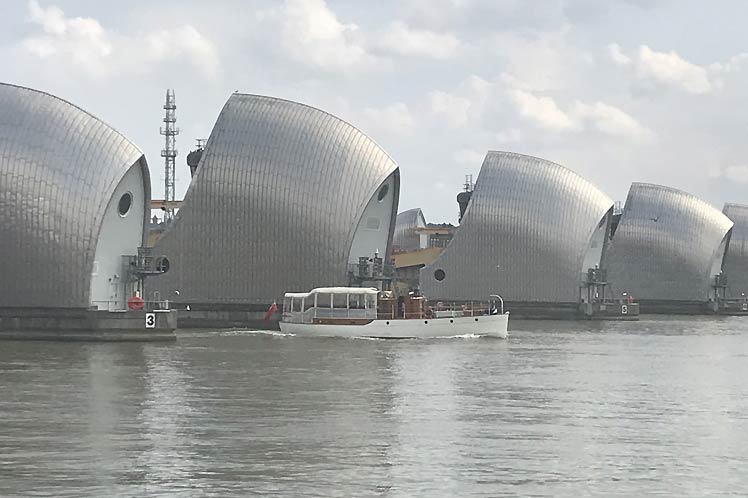The monumental work, located near the Woolwich district, east of the British capital and less than 30 kilometers from the mouth of the river, has ten huge steel gates of different sizes.
These structures usually rest on the river bed and are only raised to prevent floodwaters that have caused storms in the North Sea from reaching the city center.
The mechanisms that raise and lower the movable barriers are located inside huge wooden domes covered with stainless steel sheets that give an avant-garde touch to the entire complex, which has also become a tourist attraction.
Although in 1928 a flood left much of London under water and claimed the lives of 14 people, it was not until 1953 – when another storm surge caused more than 300 deaths – that the authorities began to think seriously about how to put a stop to this recurring situation.
According to the Environment Agency, which is in charge of the project, in the almost three decades since its inauguration, the floodgates have had to be raised 175 times.
However, experts believe that the work of the Thames Barrier could be even greater in the future, since climate change is leading to more and more storms and flooding of the river.
* Chief Correspondent/London
(Taken from Orbe)
jg









